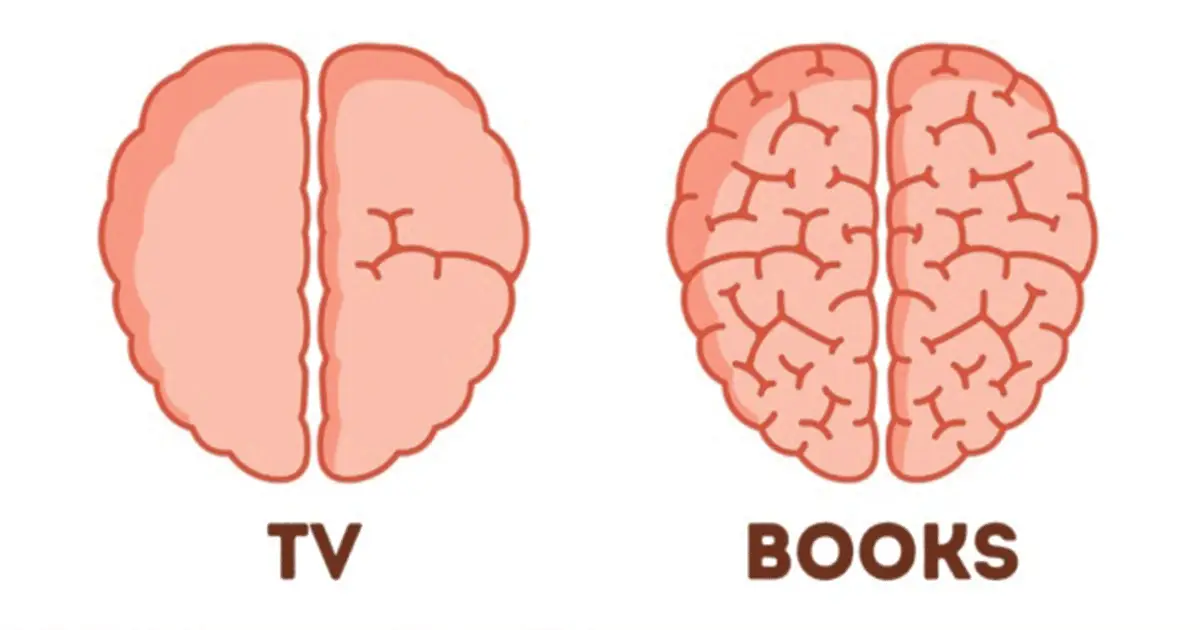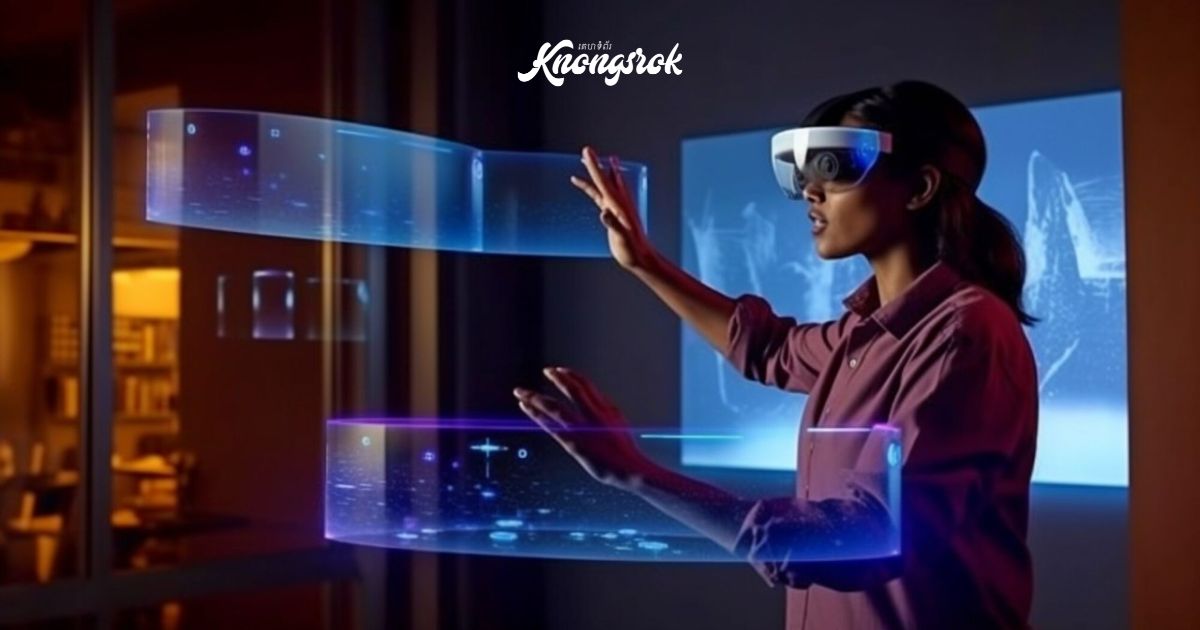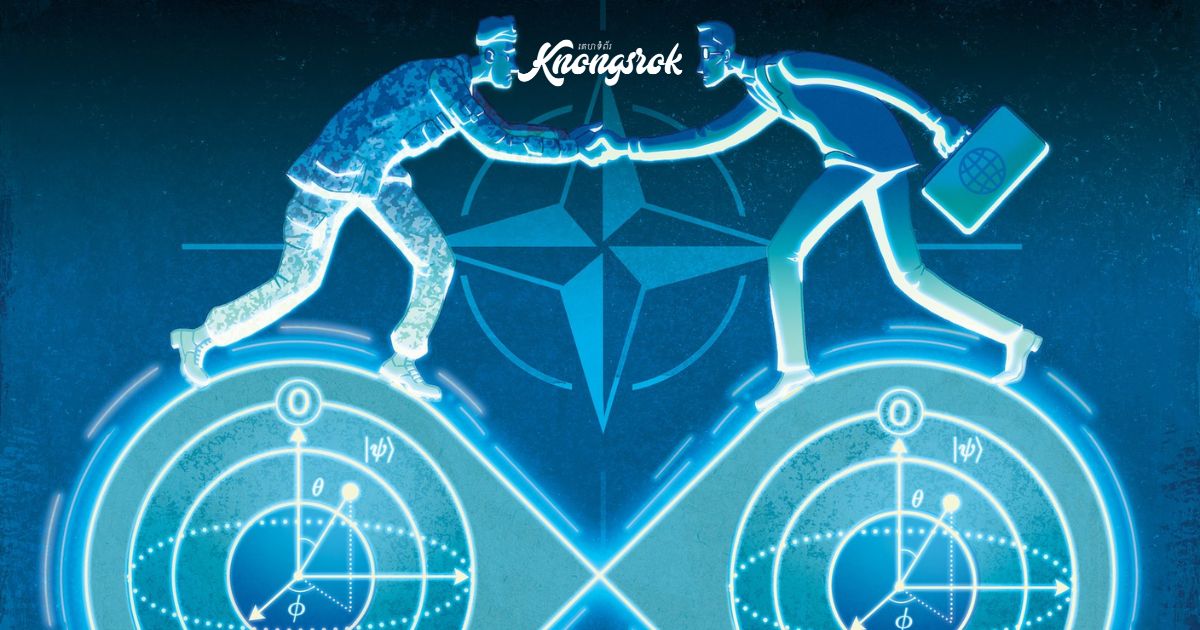These Illusions Will Make You See Differently for 5 Minutes
These Illusions Will Make You See Differently for 5 Minutes
Optical illusions can be a fascinating way to explore how our brains interpret visual information. They often play with our perceptions, making us question what we see and how we see it. Here are some illusions that will challenge your vision and make you see things differently for the next few minutes:
**1. The Spinning Dancer
This illusion features a silhouette of a dancer spinning. Depending on your perspective, the dancer may appear to spin clockwise or counterclockwise. Try focusing on the dancer’s feet or torso to see if you can change the direction of the spin.
**2. The Ames Room
The Ames Room illusion is a distorted room that makes people appear to grow or shrink as they move around. This illusion exploits the way we perceive depth and size, creating a startling effect as objects and people change size relative to each other.
**3. The Hermann Grid
This optical illusion consists of a grid of black squares separated by white lines. At the intersections of the grid, you may notice faint gray dots that seem to appear and disappear. This effect is caused by the way our visual system processes contrast and brightness.
**4. The Rubin Vase
The Rubin Vase illusion is a classic example of figure-ground perception. In this image, you can either see a vase in the center or two faces in profile looking at each other. Try focusing on different parts of the image to switch between the two interpretations.
**5. The Shepard’s Tables
This illusion features two tables that appear to be different sizes but are actually the same. The tables are designed with skewed perspectives that trick our brain into seeing them as different shapes, despite their identical dimensions.
**6. The Kanizsa Triangle
In this illusion, a white triangle appears to be floating above a black background, even though the triangle is not actually drawn. The effect is created by the arrangement of shapes and the brain’s tendency to complete incomplete figures.
**7. The Munker-White Effect
This illusion involves a series of colored lines or shapes that appear to change color when viewed through a colored filter. The Munker-White effect demonstrates how colors can interact and alter our perception based on their background.
**8. The Rotating Snakes
The Rotating Snakes illusion consists of circular patterns that seem to rotate endlessly. The illusion plays with the way our visual system processes movement and color, creating a mesmerizing effect that can be hard to look away from.
**9. The Blivet
Also known as the “impossible trident,” the Blivet is an optical illusion of a three-dimensional object that seems to have three cylindrical prongs but defies physical reality. This illusion highlights the brain’s struggle to make sense of conflicting visual information.
**10. The Poggendorff Illusion
In this illusion, parallel lines are interrupted by an angled line, creating the illusion that the parallel lines are not aligned. This effect is a result of the brain’s attempt to interpret and complete the interrupted lines.
**11. The Ebbinghaus Illusion
This illusion involves a central circle surrounded by other circles of varying sizes. The central circle appears larger or smaller depending on the size of the surrounding circles, illustrating how context can influence our perception of size.
**12. The Impossible Triangle
The Impossible Triangle, or Penrose Triangle, is a geometric illusion that creates the appearance of a three-dimensional object with impossible angles. This paradoxical shape can’t exist in reality but is intriguing to look at.
**13. The Zöllner Illusion
This illusion consists of parallel lines that appear to be slanted due to the presence of intersecting diagonal lines. The effect demonstrates how our perception of parallelism can be distorted by surrounding patterns.
**14. The Illusory Motion
This type of illusion uses static images that create the sensation of motion when viewed. The movement is not real but created by the arrangement of colors and shapes, leading to a dynamic visual experience.
**15. The Cafè Wall Illusion
This illusion features a grid of black and white tiles that appear to be skewed or warped, even though the lines are perfectly straight. The effect is created by the arrangement of contrasting colors and the brain’s interpretation of patterns.
**16. The Fraser Spiral
The Fraser Spiral illusion consists of a series of concentric circles that appear to form a spiral pattern. The illusion plays with the way our visual system processes lines and curves, creating a spiral effect where there is none.
Conclusion
These optical illusions challenge our perceptions and highlight the complex ways our brains interpret visual information. Spend a few minutes exploring these illusions, and you’ll gain a new appreciation for how our senses can be tricked and how our minds process the world around us.














